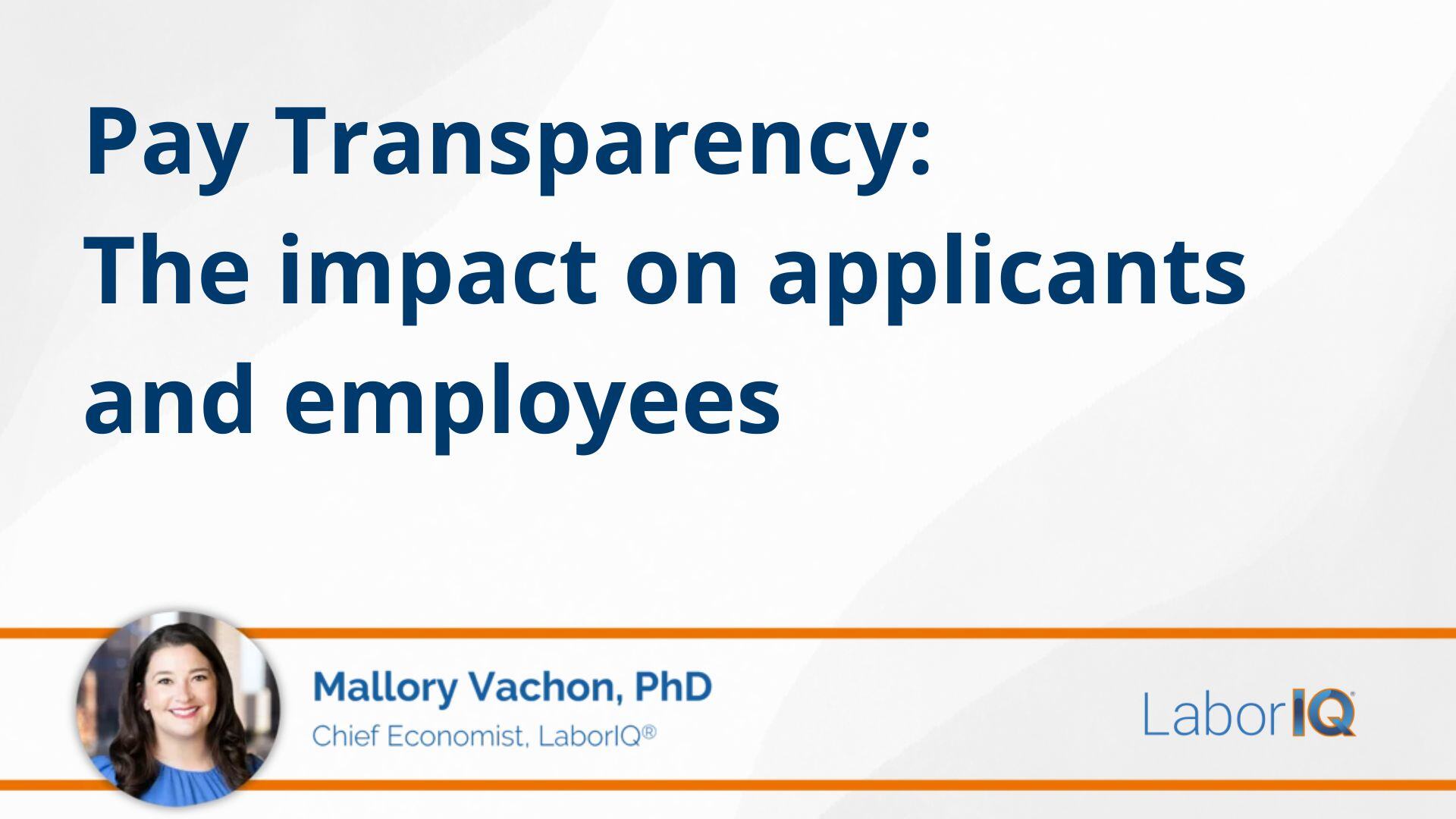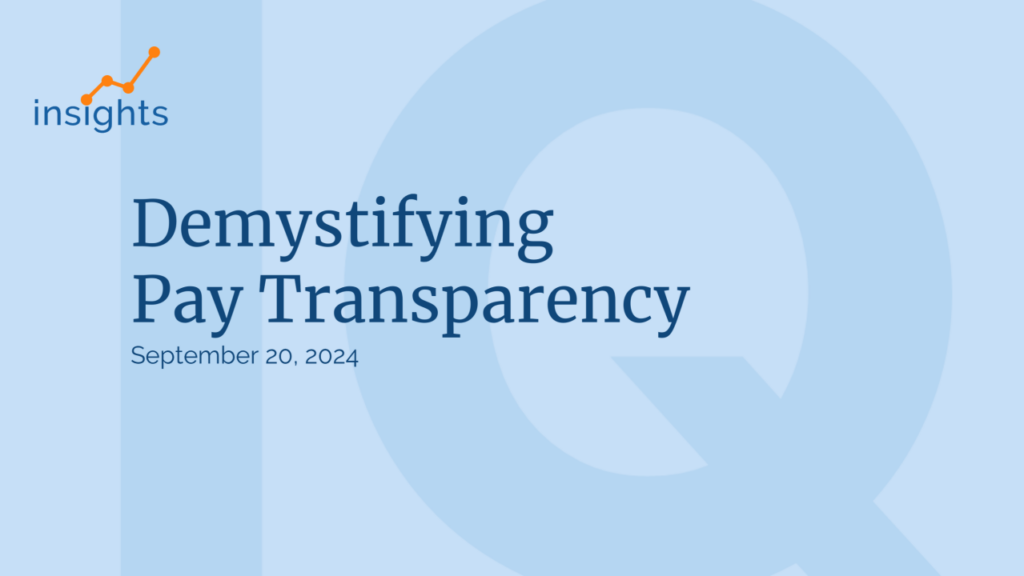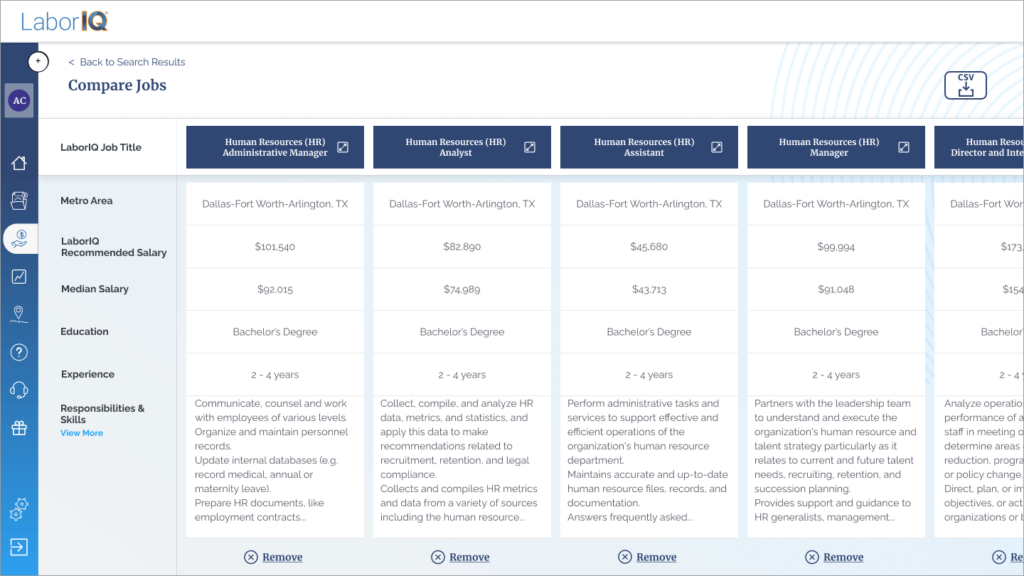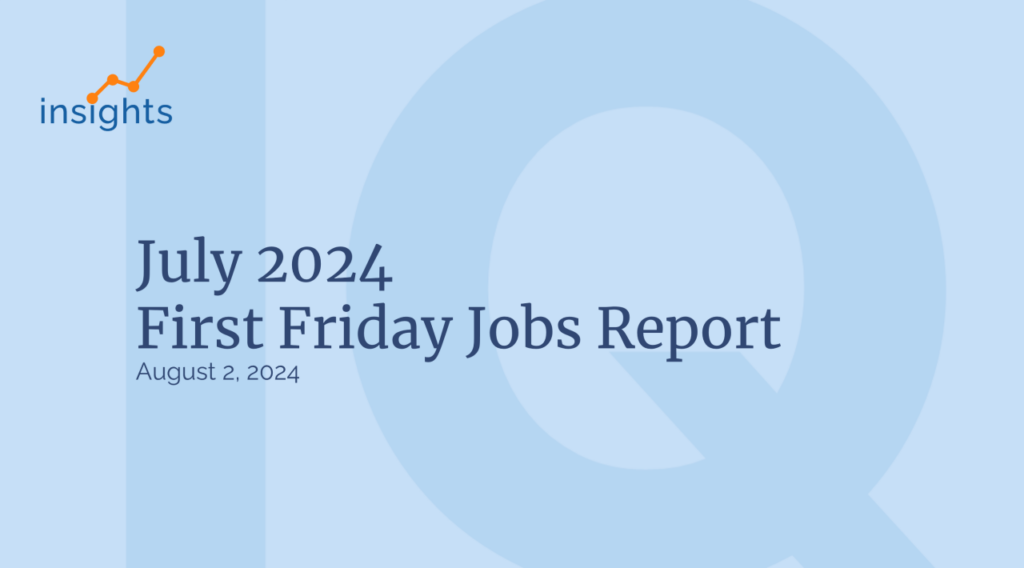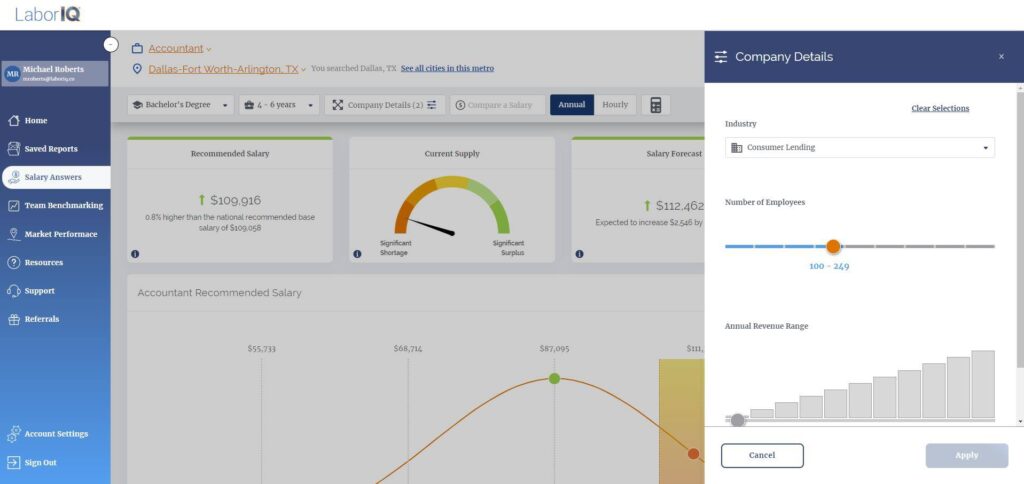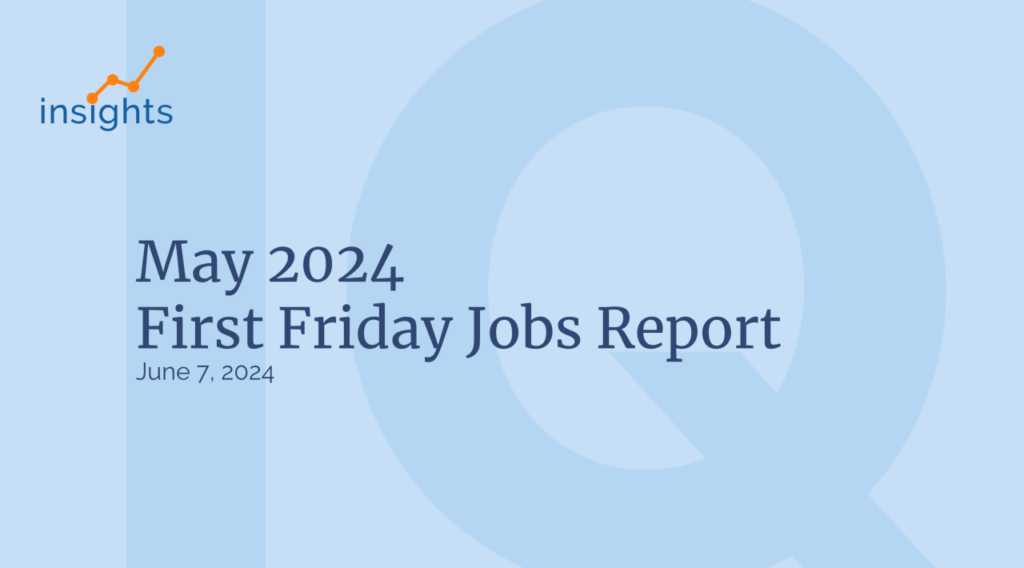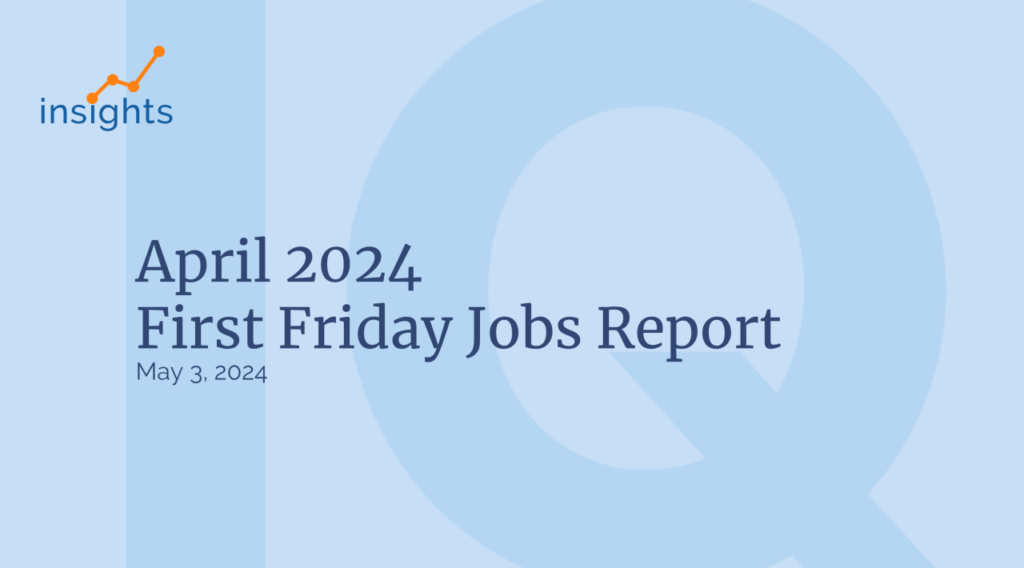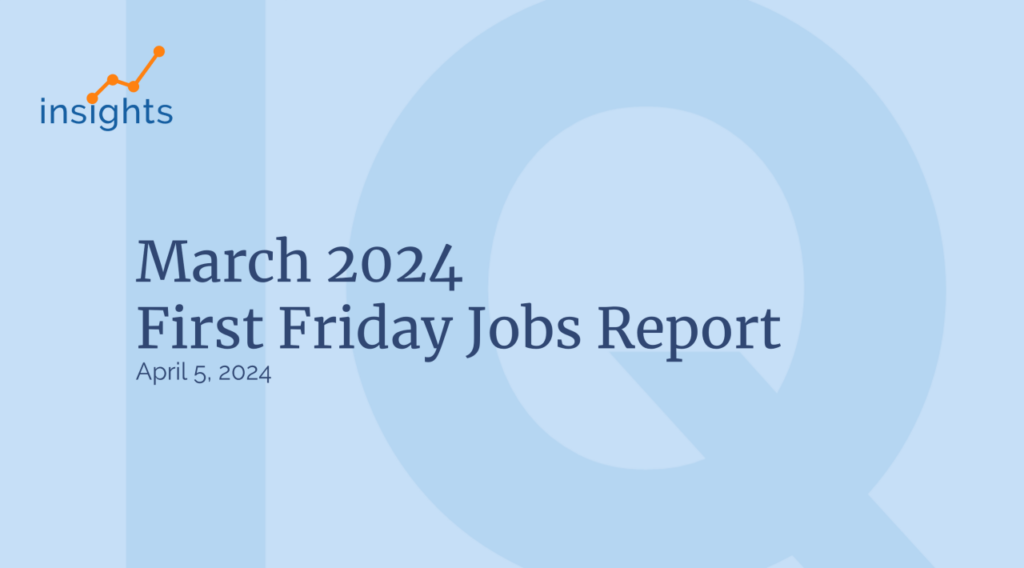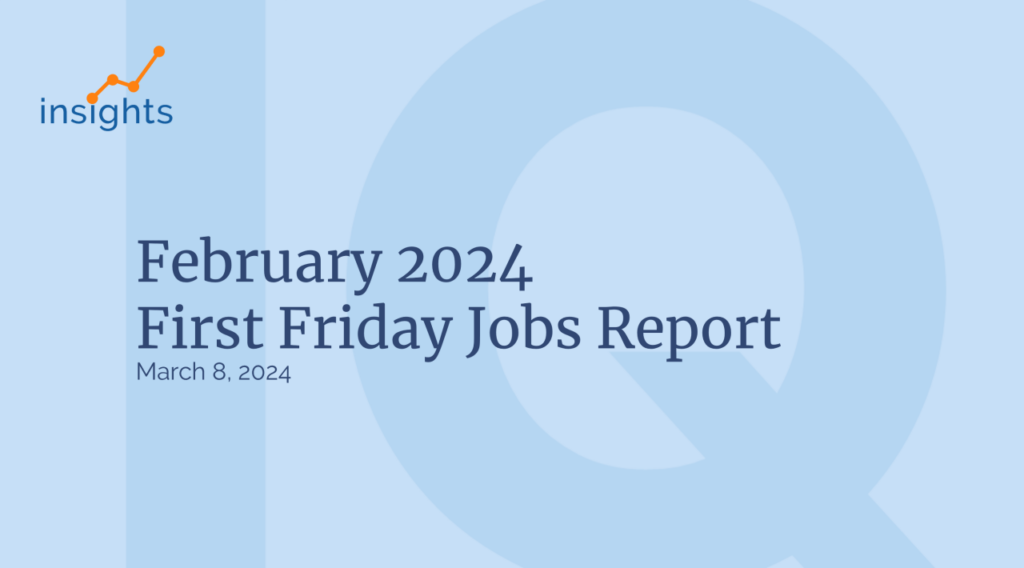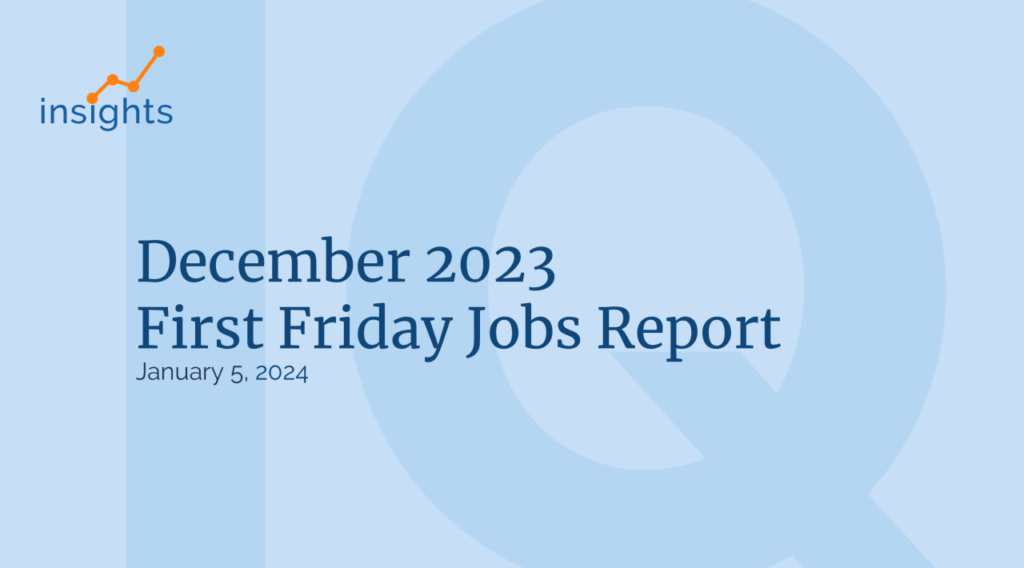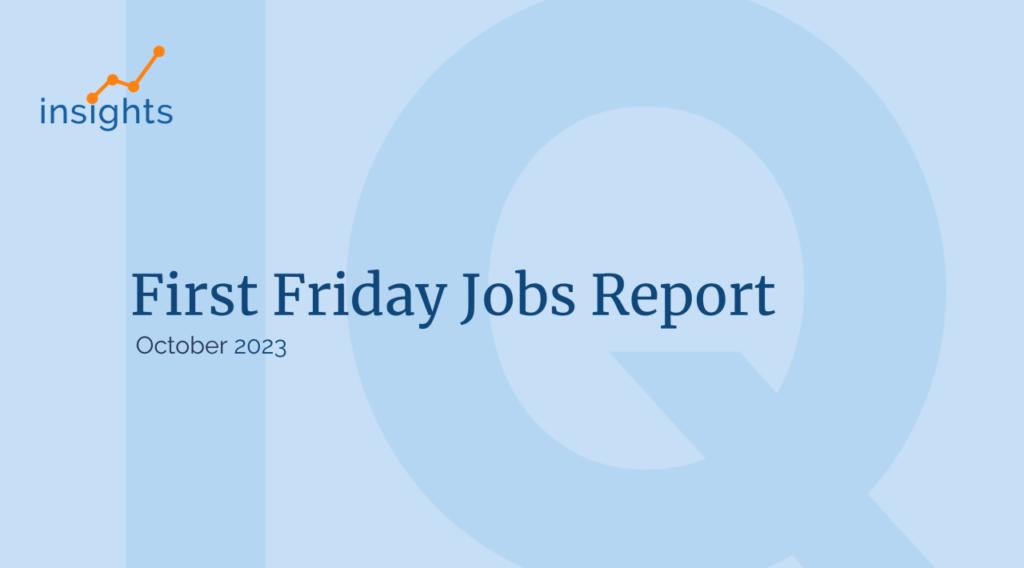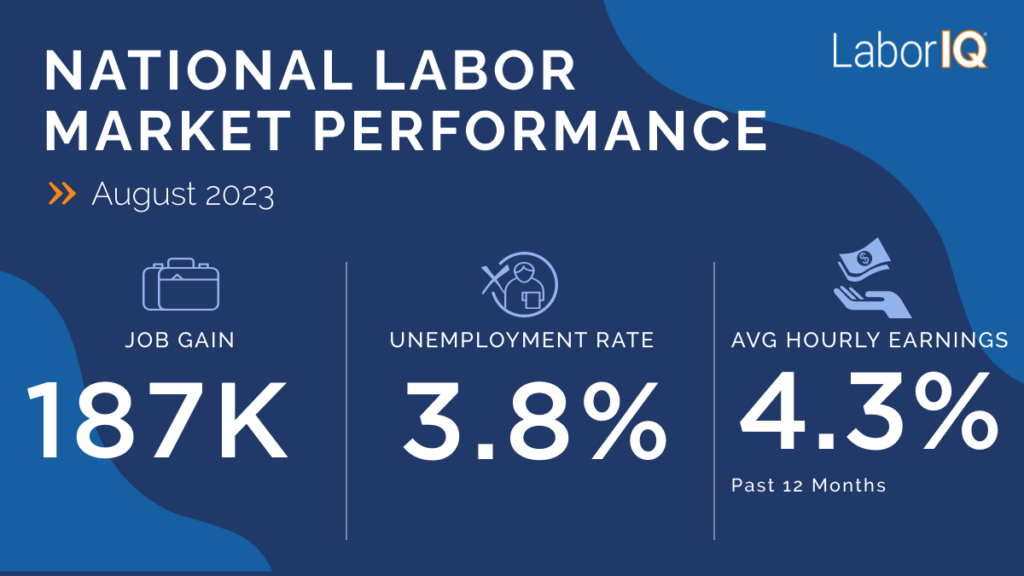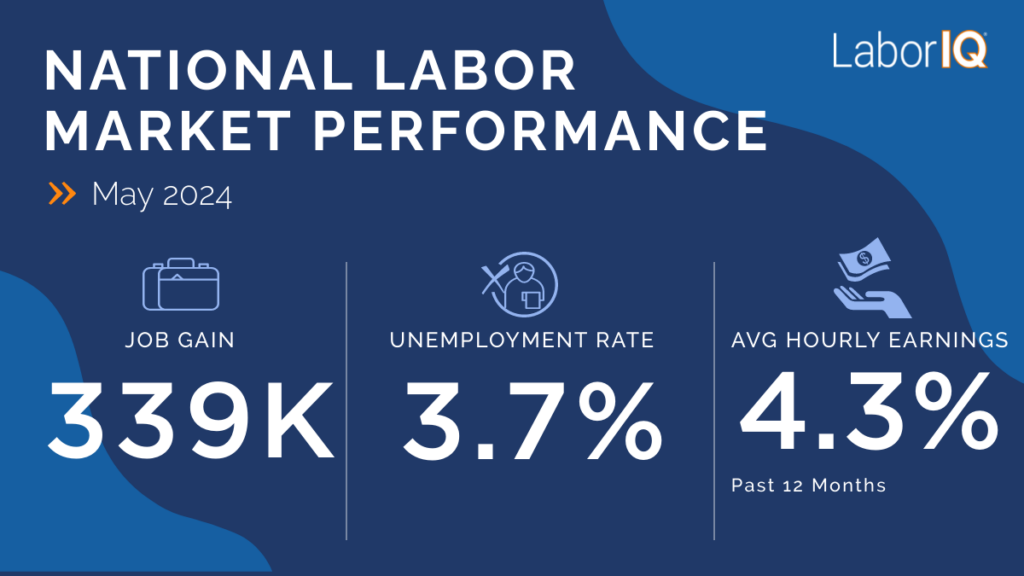Pay transparency is more than showing a salary range in a job posting. Establishing pay bands is a crucial part of hiring and compensation strategy, especially since pay transparency is required by law in many areas. One in three U.S. workers live in an area with pay transparency requirements.
This article will explore how pay transparency affects job seekers, current employees, hiring managers, and the competition for talent.
The Applicant’s Viewpoint
It comes as no surprise that salary is one of the primary motivators when looking for a new job. When job seekers see salary ranges in a job description, it is the first thing they use to determine if the job is a good fit. A salary range provides a specific reference point that allows candidates to easily compare opportunities in the labor market. It’s something applicants have wanted for a long time.
This openness saves time for job seekers and HR teams. Applicants enter interviews and negotiations knowing what they can expect in terms of compensation, and businesses save time by avoiding several rounds of interviews only to discover salary misalignment. Pay transparency helps in setting realistic expectations regarding career and salary progression, allowing candidates to plan their career paths more effectively.
However, misunderstandings around pay can still creep in. Some candidates may only apply for the jobs that offer the most money without considering whether their skills or experience align with job requirements.
Job titles can also be misleading without appropriate context. Titles like “Manager” or “Director” can signify vastly different responsibilities, expectations, and compensation packages from one organization to another. For instance, a manager at a small non-profit may have a broad range of duties with a modest salary, whereas a manager in a large publicly traded company might oversee an entire department, with several direct reports and significant budget, and receive a higher salary.
By educating candidates about the nuances of salary ranges and the factors that influence them, companies can help ensure more informed decision-making, aligning job seekers with roles that truly fit their skills, career goals, and personal needs.
The Employee’s Perspective
Employees desire more transparency when it comes to their organization’s pay structures. More than two-thirds of workers would switch jobs in favor of a new opportunity with greater pay transparency. When employees understand how their pay is determined, they feel more valued and fairly treated, which can build trust and loyalty.
Pay transparency can provide a clearer understanding of the pathways for career advancement, allowing employees to see potential salary progressions. This visibility can motivate employees to pursue promotions and personal development, knowing the financial benefits associated with different career paths.
However, without clearly established pay structures and well-defined criteria for each salary range, pay transparency can leave employees with more questions than answers.
Even with the most thoughtful and well-planned compensation structures, there may be some challenges with pay transparency.
If an employee discovers that their salary is near the top of the pay range, that could limit the possibility of raises without promotions, potentially dampening their enthusiasm for annual review cycles. In contrast, learning that one’s salary is at the lower end of the pay scale can lead to dissatisfaction and resentment. Employees may feel undervalued if they believe they are performing at the same level as higher-paid colleagues. Managers may also face increased pressure to justify pay discrepancies or to advocate for salary increases, leading to difficult conversations, especially when budget constraints limit the ability to offer raises.
For pay transparency to be effective, companies need to clearly explain to employees how compensation is determined, emphasizing fairness, equity, and the other factors that influence pay decisions. Include external benchmarking results in pay communications to demonstrate that competitive pay practices are aligned with the market.
Broader Market Implications
How does this affect the labor market at large? It depends, but here are some things we’ve seen.
Job Market Churn… Maybe
When individuals have clear, accessible information about potential earnings in their field, they may be more likely to pursue new opportunities that align with their financial goals and career aspirations.
The technology sector has built a reputation for job hopping where individuals look for personal hyper growth and move from company to company every 18 months. While this strategy may work for financial gain, businesses make an investment in each hire and may be less likely to bring someone on board who is likely to leave in a short period of time.
And yet, the reverse is also possible. Workers are less likely to quit their job for a new opportunity when they work for a company with transparent pay practices. The share of workers planning to leave a company in the next year drops from 20% to 8% when there is full transparency. Employees don’t want to leave a sure thing, and the trust that comes with transparent organizations is hard to part with.
Equity Increases
HR leaders can correct disparities they would’ve otherwise missed with transparent practices. This will help reduce the gender wage gap and promote more equitable hiring and promotion practices.
Can Small Business Keep Up?
Large companies may be more equipped to adopt transparent pay practices. They have the resources to do so.
Smaller firms may find themselves in a challenging position. These companies could struggle to match the compensation packages offered by their larger counterparts, which can lead to a talent drain toward bigger, more transparent companies. This situation may create a competitive disadvantage for smaller firms and startups that do not have the financial flexibility to increase pay at the same rate.
It’s too early to tell, but this dynamic could potentially skew talent distribution, favoring larger organizations and altering the competitive landscape across industries.
So with so much nuance, how do teams standardize their data to effectively communicate the ranges for their roles? Our team will explain how in the next article.

